The future of Moscow’s former power station GES-2 remains full of energy. Star architect Renzo Piano is transforming the complex into a “cultural powerhouse” that is second to none.
What kind of building would be perfect for creating the kind of space needed for contemporary culture? A power station! At least that’s the opinion of Italian star architect Renzo Piano. Moscow provided him with a suitable building: the power station GES-2, which was constructed between 1904 and 1908. Since its closure in 2006, this historic plant had been left unused just a short distance away from the Kremlin. And this is precisely where Piano’s new “cultural powerhouse” is currently being built. Eagerly anticipated, it is due to open this year.
Historic building, modern culture
The concept by the Renzo Piano Building Workshop (RPBW) is transforming the abandoned power station into an innovative cultural centre. Painstakingly restored historical elements kindle the spirit of the redesigned plant. Visual and performing art, music, academia and more: all these spheres will find an ideal environment.
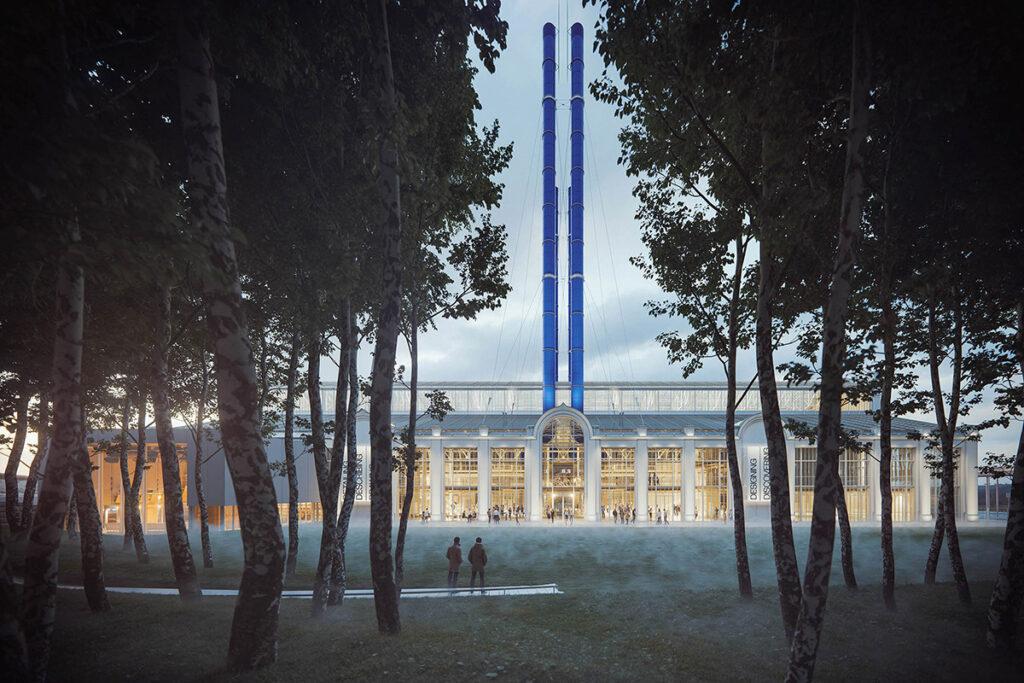
The GES-2 building with its almost 20,000 m² will be divided into four sections, known as poles: the “Civic pole” consists of a combination of publicly accessible rooms and activities. The opening onto the outdoor piazza aims to draw Moscow’s street life into the new cultural powerhouse.
Indoor piazza as starting point
As the heart of the design that was developed in cooperation with the Moscow-based project bureau APEX, an indoor piazza serves as the entrance to this cultural experience. A library and a media centre are located in the adjoining north section, while the south section invites guests to visit its art installations and restaurant.
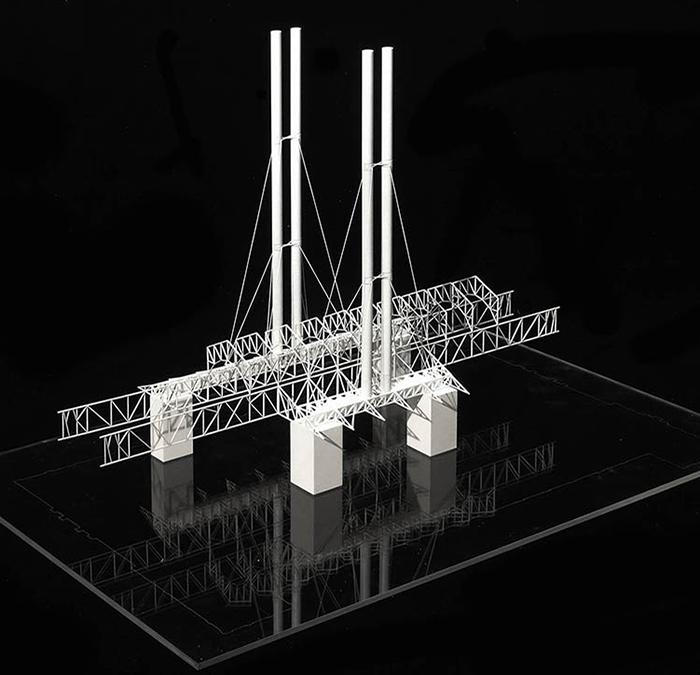
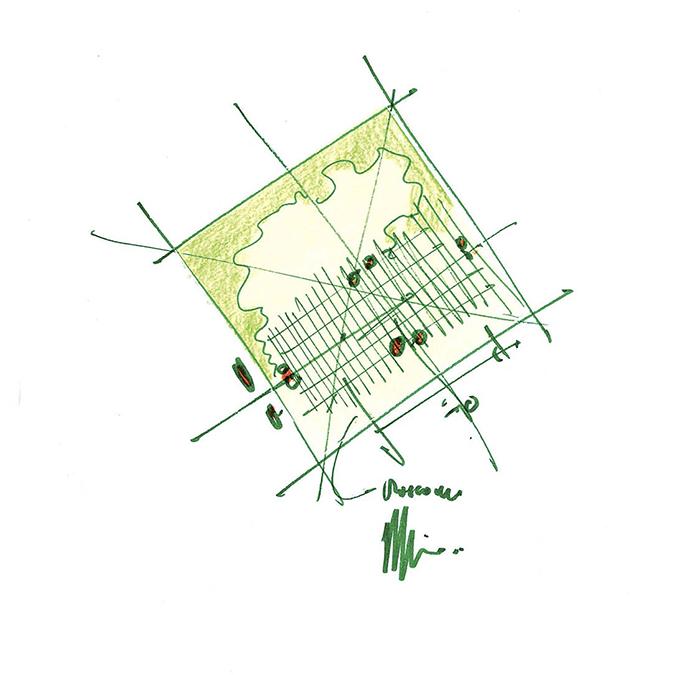
The “Welcoming pole” is situated in the middle of the main building and can be accessed from the indoor piazza. Ticket office, info point and shops are available for visitors on the ground floor.
Zones for rest and enjoyment
At the top, an open event area with seating offers a clear view of the garden area called the “woods”. An enclosed auditorium with separate entrance, a café and a snack bar are planned for the mezzanine level.
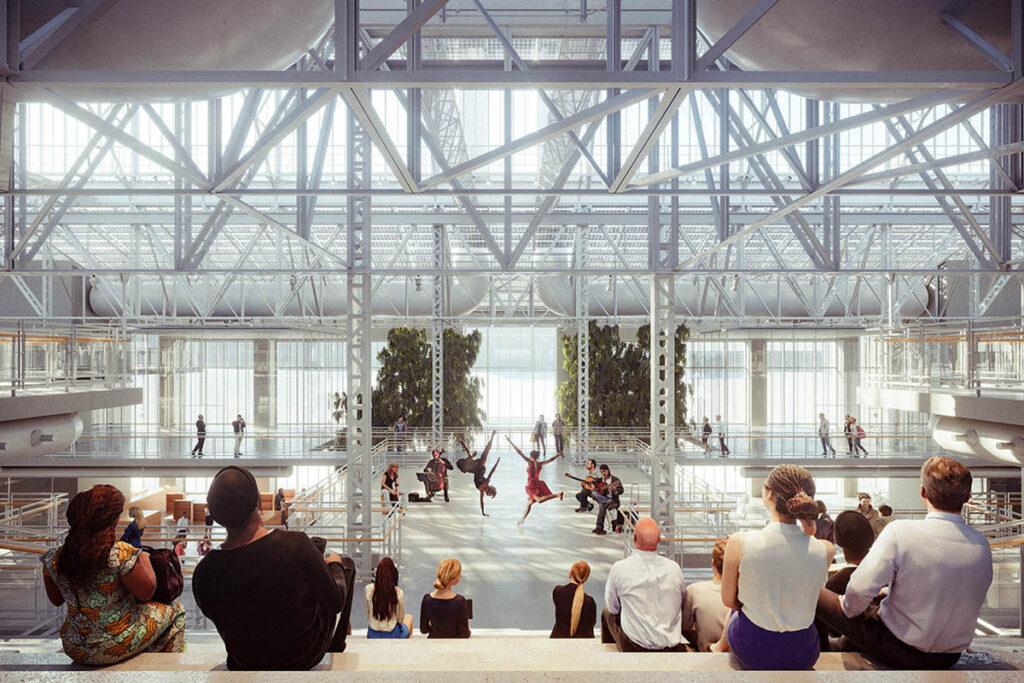
The third main area in Renzo Piano’s concept contains the exhibitions. It is equipped with units of different sizes and with different room heights, thus offering an ideal environment for a variety of works.
The “cultural powerhouse” as an educational centre
The “Education pole” gives an insight into the exhibitions. It also contains the School of Art, which is dedicated to promoting a new generation of art curators, critics and historians.
A “lifelong learning” section is also based here, with classrooms and workshops for the general public. Apartments for artists working in the North Tower ateliers are provided as well.
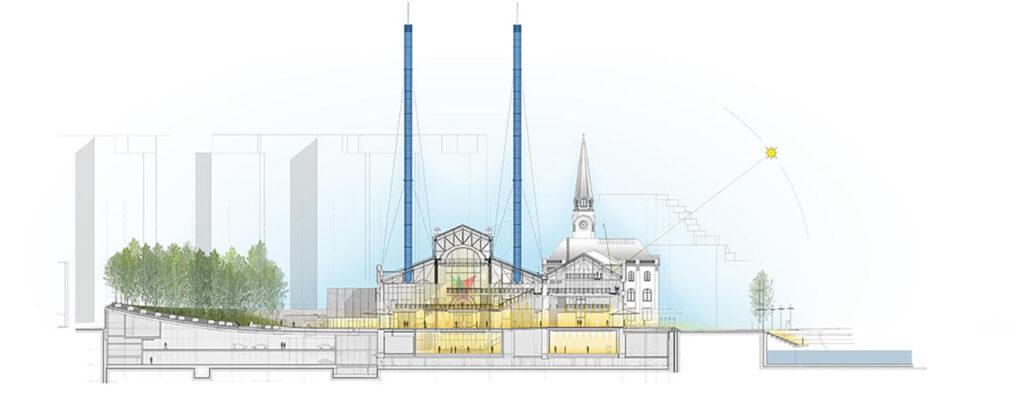
Use of a glass roof aims to flood the magnificently refurbished complex with natural light. At the age of 80 plus, architecture expert Renzo Piano is able to contradict all those who claim that you never see the sun in Moscow.
People say that you never see the sun in Moscow. That’s not true. The light in this city vibrates.
Star architect Renzo Piano
The ambient light in the Russian capital has its own, very special character. And the building will adopt its colour.
Focus on sustainability
The Italian star architect and his team naturally also employed sustainable designs for the cultural centre. Solar panels and geothermal installations are intended to guarantee a clean, economical energy supply, for example.
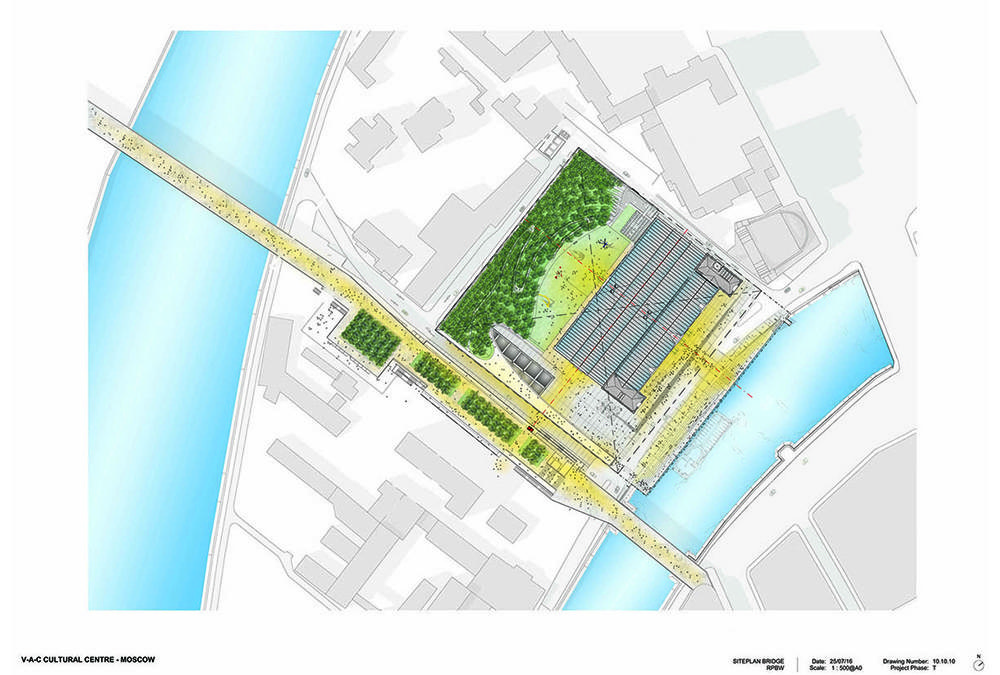
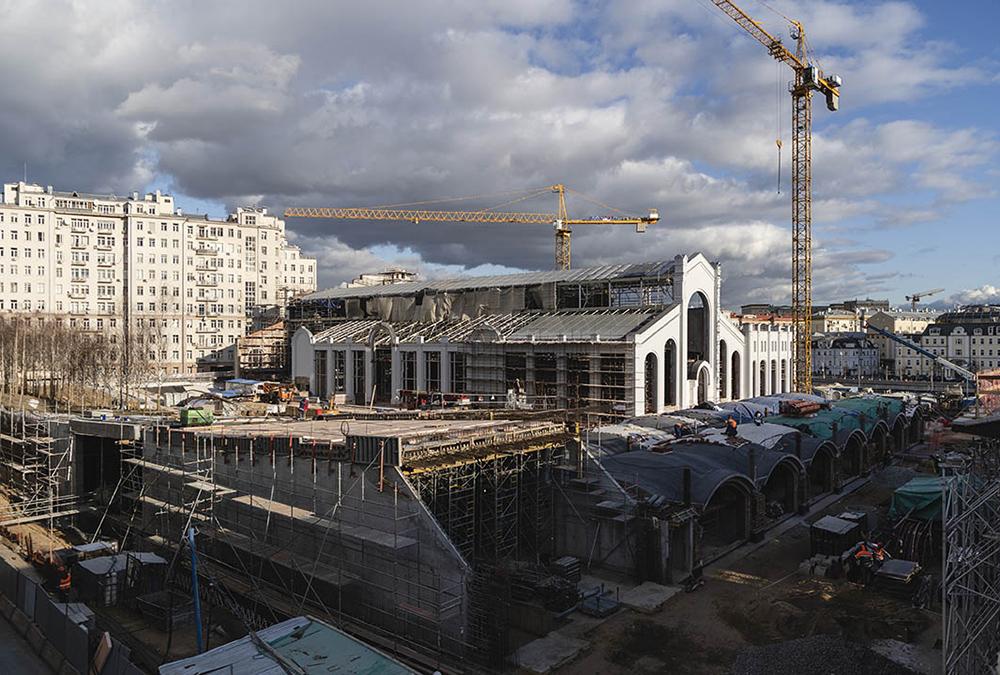
The four chimneys will be made of steel instead of brick. The old polluting pipes will be replaced with more sustainable ones. As explained by the architects, modern technology will enable them to capture the cleanest air at a height of 70 metres, activate natural ventilation, and lower energy consumption.
Museum woodland by Renzo Piano
And as a modern project naturally needs green zones, nature is also a prominent part of the design. Renzo Piano had a very special idea in mind here: a “woodland” of birch trees planted on the museum grounds.
Stage & sculpture garden
The west side of the building will soon be entirely concealed by trees. In order to achieve this, the ground was raised – and now houses an underground dual-storey car park. The birch woods will contain a sculpture garden and a stage for concerts and theatre.
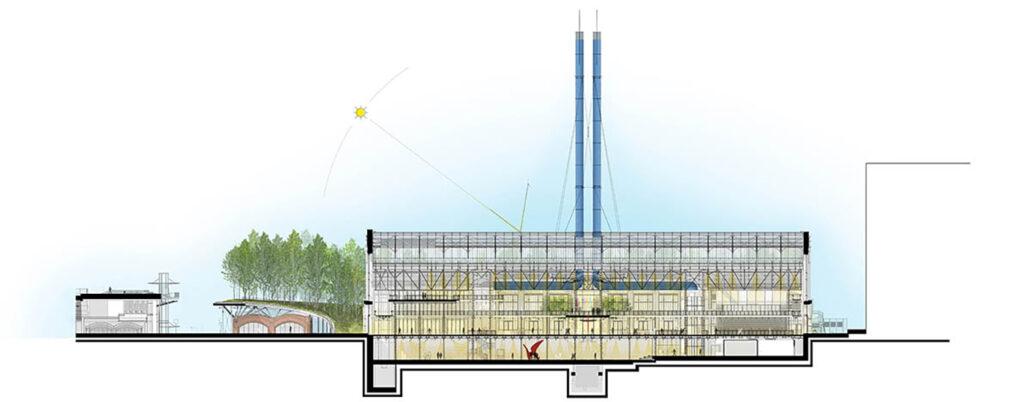
The Renzo Piano Building Workshop defines two central ideas for its GES-2 strategy. Number one: The concept of the cultural centre intends to allow visitors to be guided by their own intuition:
Ideally, visitors will not need any plan.
Full of diversity, elegantly connected
Number two is a clearly recognizable “circulation strategy” consisting of stairs, lifts, corridors and platforms. This is conceived as a type of spatial sculpture to connect all spaces and activities and form a whole. It is perceived as a single unit, while highlighting the entrances at the Bolotnaya waterside and the pedestrian bridge that leads to the new museum grounds.
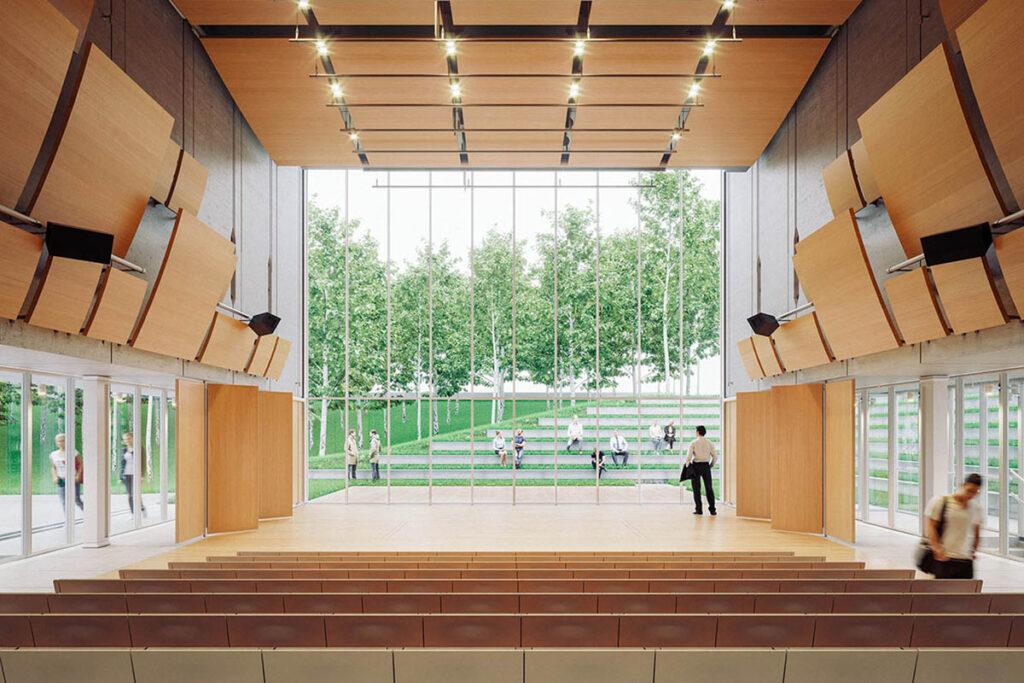
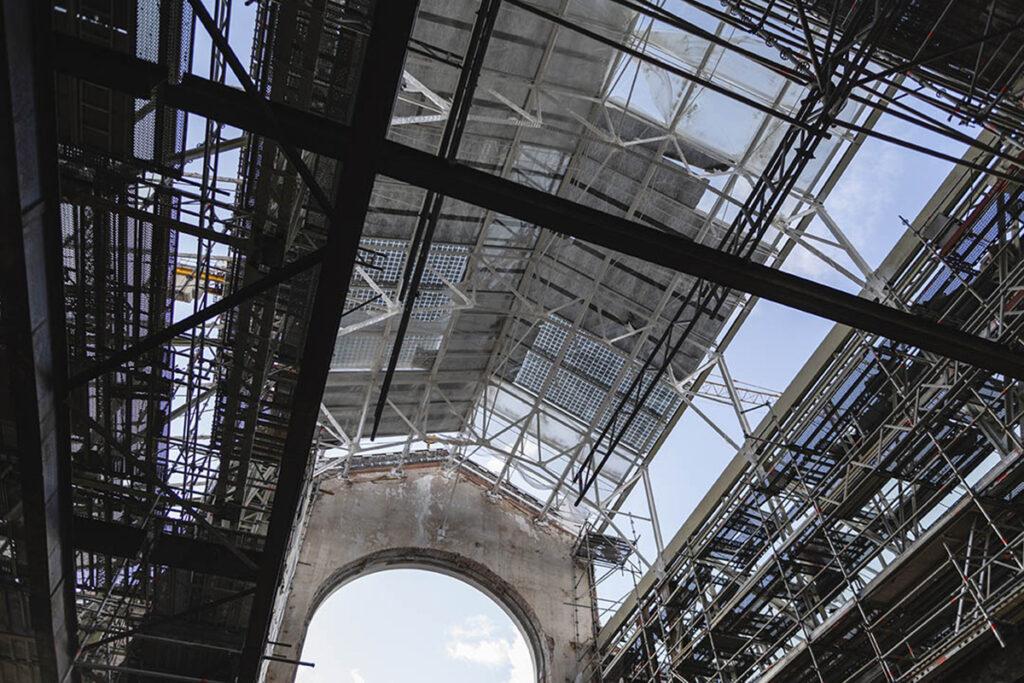
The project is being financed by Leonid Mikhelson, the boss of energy giant Nowatek. It was also he who originally approached Renzo Piano in 2015 with the idea for a complete redevelopment of the GES-2 building.
Commissioned by a magnate
Mikhelson’s V-A-C Foundation is not only the client behind this high-profile cultural powerhouse, however. It also plans to stage special kinds of social and cultural events in the building, exploiting synergies with local establishments. The foundation collection contains works by prominent artists such as Wassily Kandinsky, Gerhard Richter and Christopher Wool.
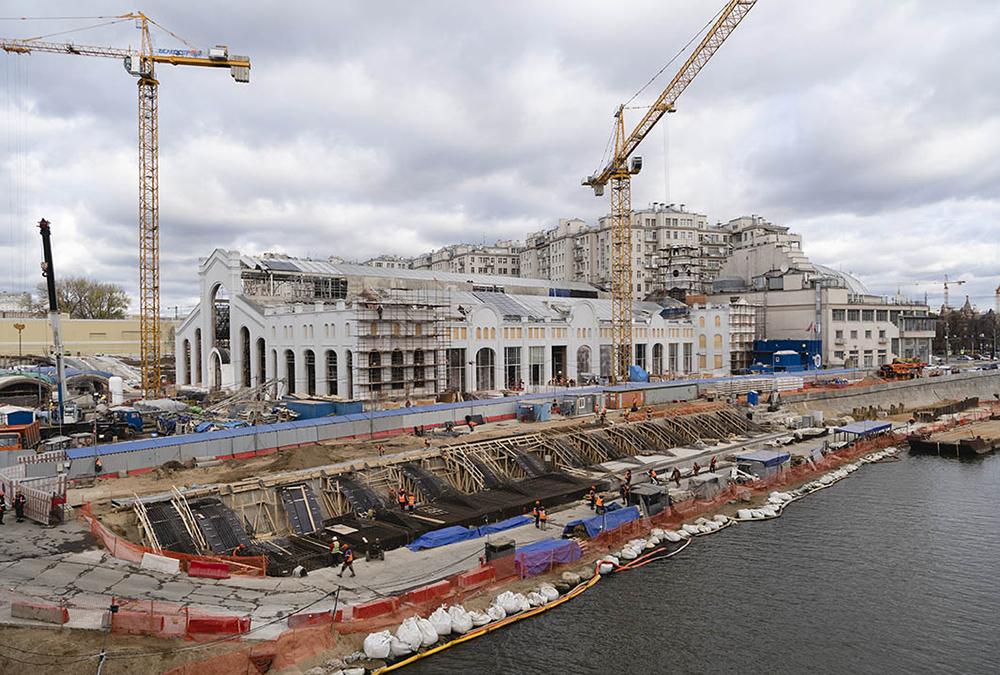
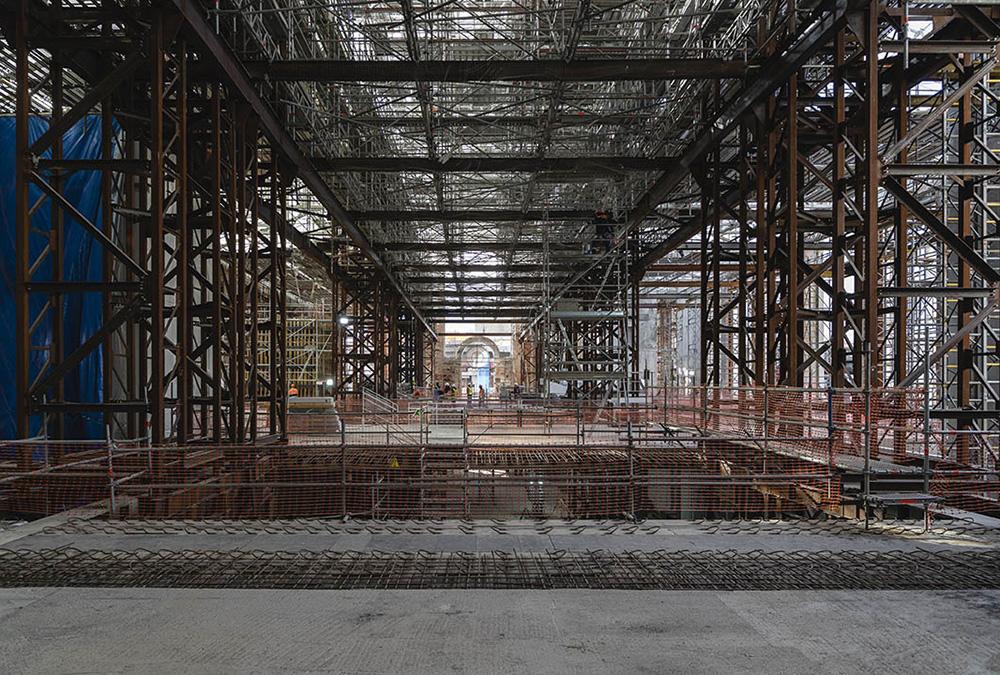
The development will also take into account that GES-2 is situated in the “Red October” district of Moscow’s Bolotny Island in Moskva River – the popular cultural district is fashioned specifically with the younger generations in mind.
“Red October” as a famous neighbour
One key member of the neighbourhood is the former chocolate factory with the same name: “Red October”. Abandoned long ago, it has been redeveloped as a base for start-ups, cafés and restaurants. The island is also home to the historic, restored Udarnik Cinema and the non-profit international Strelka Institute for Media, Architecture and Design.
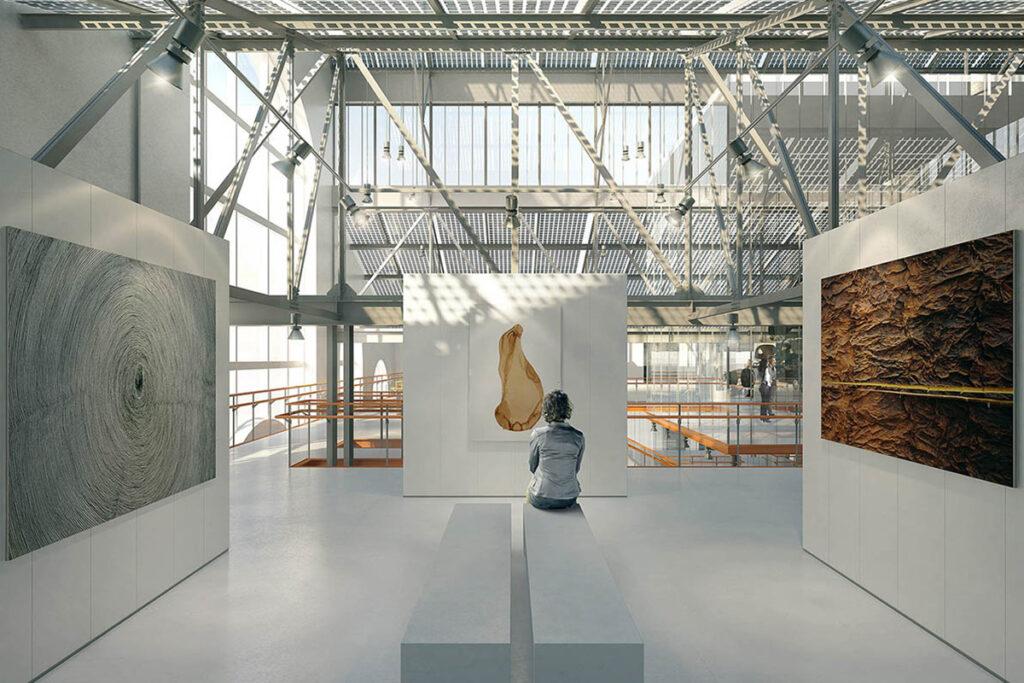
In connection with these institutions, Renzo Piano’s fascinating project aspires to transform the emergent district into a popular destination for Moscow’s residents, and also for visitors from all over Russia and beyond.
Significant projects
The power plant is already attracting considerable interest as a cultural location, as Piano belongs to the world’s architectural elite. The completion of his Academy Museum of Motion Pictures in Los Angeles, which is scheduled for the winter of 2020, is also a current focus of attention. And according to reports in local media, the new bridge in Genoa – which has also been designed by the Italian architect and will replace the Morandi Bridge that collapsed in 2018 – is set to open very soon.
All of these are significant projects. And they are all full of energy.

Text: Elisabeth Schneyder
Translation: Rosemary Bridger-Lippe
Images: Renzo Piano, RPBW, V-A-C / Gleb Leonov

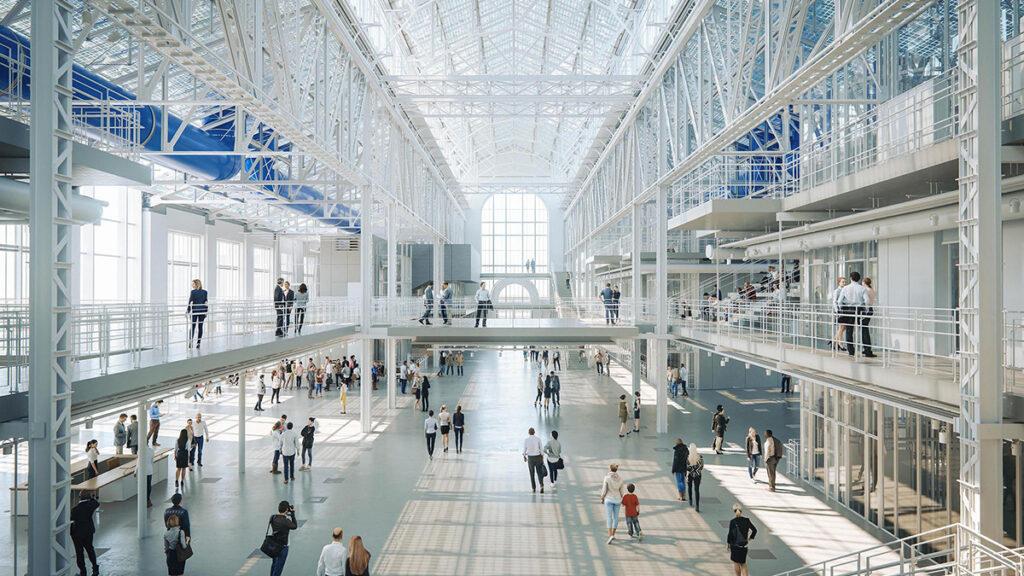
iThere are no comments
Add yours